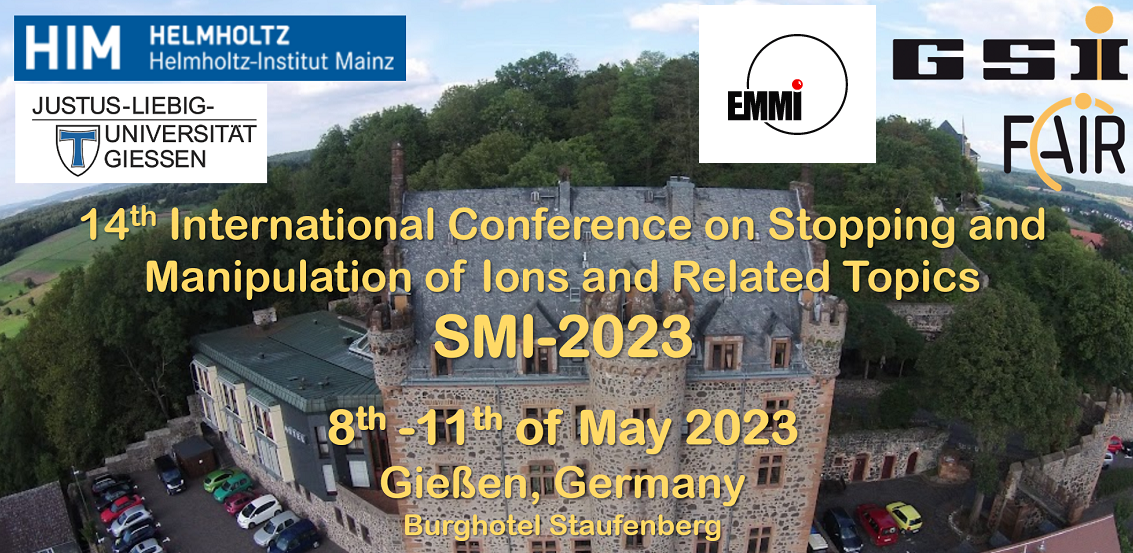Sprecher
Beschreibung
Multi-reflection time-of-flight (MRTOF) mass spectrometry [1] has become a new powerful tool for fast and precise measurements of atomic masses. It is a breakthrough-technology considering the required duration of a measurement and the small number of rare events needed to reach a relative mass precision of $\delta m/m \leq 10^{-7}$. In order to utilize the powerful isotope production capabilities of the RIBF facility and study nuclear masses for cutting-edge research, a new MRTOF mass spectrograph (MRTOF-MS) has been assembled; it became operational for the first time in spring 2020 [2]. The new device has been coupled to a cryogenic gas cell to convert the radioisotopes produced at relativistic energies into a low-energy beam amenable to ion trapping. The setup underwent an initial on-line commissioning at the BigRIPS facility at the end of 2020, wherein more than 70 nuclear masses were measured.
In this talk, I will explain the MRTOF technique and the new setup at BigRIPS along with advances like decay-correlated mass spectroscopy. Also the technological challenges will be discussed, e.g. providing low-energy ion beams at RIBF and reaching high mass accuracy. The topics will include efforts to decrease mass-dependent effects coming from non-static electric fields in the mass spectrometer, and some studies to increase the resolving power of the MRTOF system.
Furthermore, a short summary of the first commissioning experiments and follow-up mass measurements will be presented. Among other measurements presented, these results include new masses of neutron-rich titanium and vanadium isotopes revealing a vanishing of a shell gap at $N = 34$, which is known to be pronounced in Ca isotopes [3].
[1] H. Wollnik, M. Przewloka, Int. J. Mass Spectrom. Ion Proc. 96 (1990) 267.
[2] M. Rosenbusch et al., Nucl. Instrum. Meth. A 1047, 167824 (2023).
[3] S. Iimura et al., Phys. Rev. Lett. 130, 012501 (2023).

